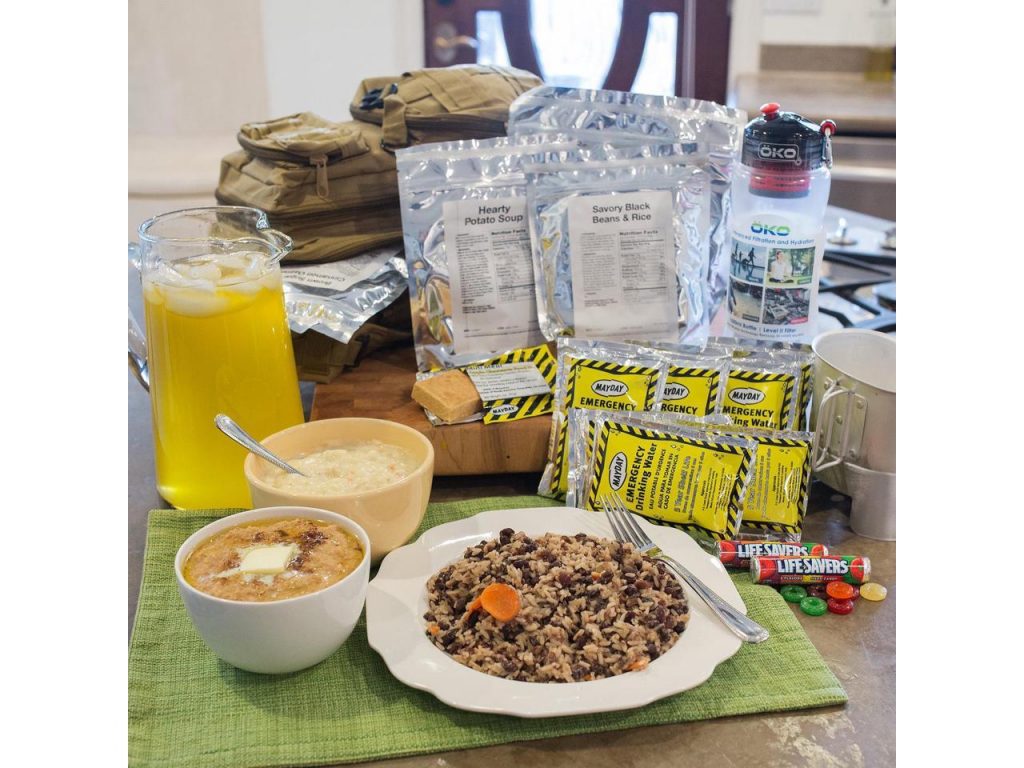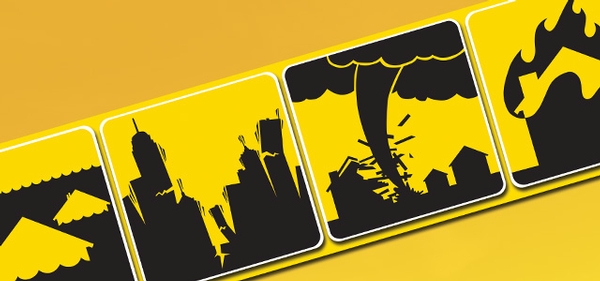

One of the few lessons I remember from being in the Boy Scouts so many years ago that has stuck with me to this day is to “always be prepared”. While I sometimes slack off and let laziness get the better of me, there are certain areas of life that demand uncompromising rigidity for potential life or death situations to ensure survival, one of them being emergency preparedness for natural disasters.
Everyone who grew up in California like me surely remembers the elementary school practice of getting together an earthquake kit at the beginning of each school year, imprinting the first memories of emergency preparedness on unaware young children. The practice of filling a gallon-sized Ziplock bag full of non-perishable foods, Band Aids, and other items to seal up like a time capsule for a delightful feast later in the year never really made sense to me at the time, since earthquakes happened often and we never cracked into our stash.
Now fully grown and having lived through a serious hurricane and fire evacuation, the absolute necessity of having an emergency preparedness kit as part of one of the elements of “always being prepared” is non-negotiable in my book. There are a few steps to making the best emergency preparedness kit to give anyone peace of mind and confidence to be better suited to deal with natural disasters that can present themselves.
Natural Disasters Are Real, Get Used to it
First off, there’s a common thought in much of mainstream culture that being prepared for emergencies is akin to “Doomsday Prepping” or nutjobs who live out in the boonies and have bunkers built underground for the zombie apocalypse. Not only is that a false stereotype (although there will never be a zombie apocalypse, and watching Walking Dead doesn’t give you bonus survival points), but the complacency to not prepare for the worst can actually cost you your life or make things difficult in a real emergency.
The question “Why is emergency preparedness important?” should be a simple one to answer with a little thought. Today no matter where you live, natural disasters are cropping up more frequently than ever before, from earthquakes, widespread fires, hurricanes, tornadoes, massive flooding, to even volcanoes and simple power outages.
When a real disaster hits from freak weather, most people start thinking about running out to grab all the necessary supplies, and by that time it is too late. Electricity and safe transportation are no guarantees in a catastrophic event, and the time to think about preparing is not once the chaos has begun. The first things to disappear from stores in an emergency are water, batteries, and generators, and the last thing you need in an emergency is to worry about buying supplies. The sad truth of it is, if you do manage to find the supplies out amongst the hordes of other unprepared people, there’s a good chance the prices have gone way up over normal cost (price gouging in emergencies like hurricanes or tornadoes is especially popular with generators).
The only way to prepare yourself for an emergency is to make a concerted effort to have a disaster prep kit, take steps to prepare your home with the right equipment, create an emergency plan, and make sure everyone in your local support system knows the drill. So what is the best emergency preparedness kit?
Start Simple
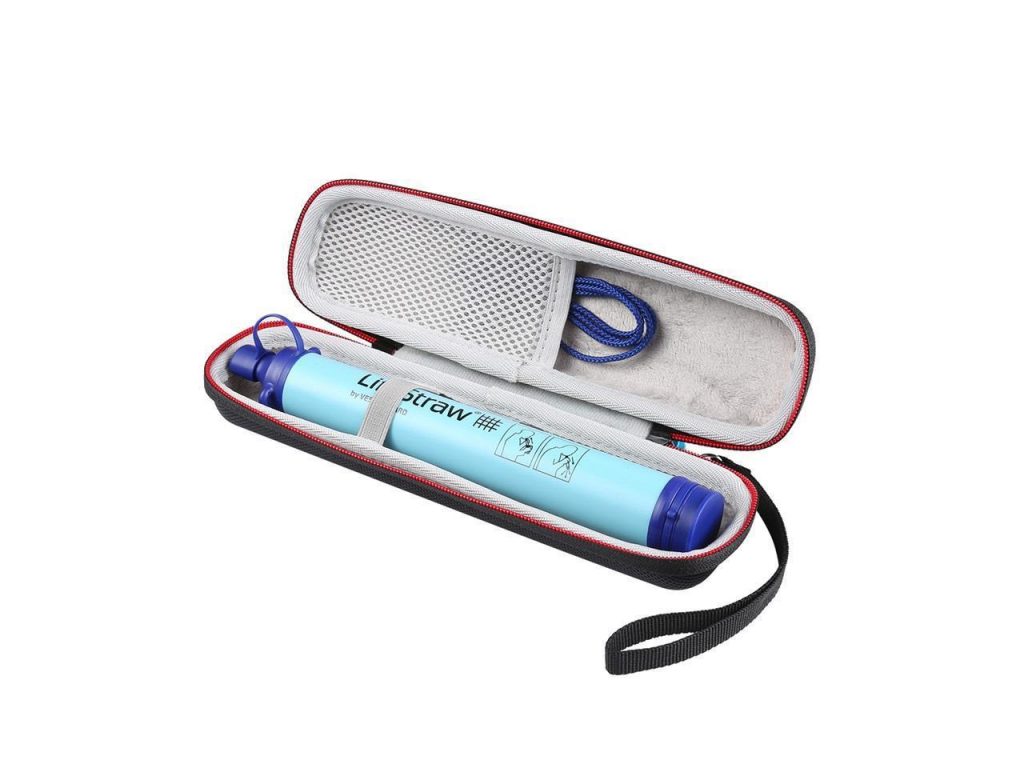
It’s easy to think about these dangerous events and get terrified, or feel overwhelmed without knowing how to save your family from the next monstrous disaster, but it is really quite easy to take effective steps to developing better emergency preparedness. Also, being prepared should give you extra peace of mind rather than stress. There’s a saying I like that applies to emergency preparedness kits, “Better to have one and not need it, than need one and not have it”.
To begin, start small with the first aid kits and emergency prep kits that can be made from things you likely already have around the house. Canned food goods are great items to keep stashed away for an emergency since they can be stored for long periods of time and they hold up well against the elements and some degree of manhandling. Dehydrated or freeze dried foods, and MREs (Meals, Ready to Eat) are perfectly designed for stashing in a container out of sight and mind with extreme shelf lives, especially since you wouldn’t naturally eat them in day-to-day life so it doesn’t feel like food going to waste.
Flashlights with extra batteries, candles, lighters, LED lanterns, batteries, and walkie talkies are also great items to keep in emergency kits, and all can really be had for pretty low-cost. One tip for those who are outdoor enthusiasts— the gas (butane or white gas) backpacking camp stoves that collapse down to almost nothing are perfect to keep with the emergency preparedness kit, since they take up little space and can be used at other times of the year aside from emergencies.
Fresh water is definitely a critical element to preparing for a disaster, and there are a couple ways to effectively plan for success. One is to stock up on large jugs of water and keep them around the house. These are great for not only drinking in the event of a compromised water system, but also can be used for washing dishes (and bodies) as well as anything else without taking up as much space as the same amount in 12oz bottles.
Water purification is a huge necessity for disaster prep, from the stationary reverse osmosis inline water filters to the portable pump or straw filters and iodine tablets. The big filters are great for cleansing the entire water supply from a faucet (and can be used to drink better water year-round), but when water lines are interrupted or on-the-go mobile water filtration is lightweight and critical to purify against contaminants.
Put Your Tools to Work
Bug-out bags or pre-made emergency kits are also very simple ways to get a jump on creating a disaster preparedness kit, and they come with most everything you would need to have in one ready-to-go package. Having additional field survival or bushcraft skills also drastically improves the tools at your disposal in the event of a disaster, reaching from field triage to resource procurement, to navigation and beyond.
At the end of the day, one of the most important parts of the emergency preparedness kit is planning. Putting together supplies is great, but assembling a plan for what to do when it hits the fan and making sure everyone in your group knows the drill for what to do is going to make a much greater impact on the outcome of success.
Preparation vs Cleanup
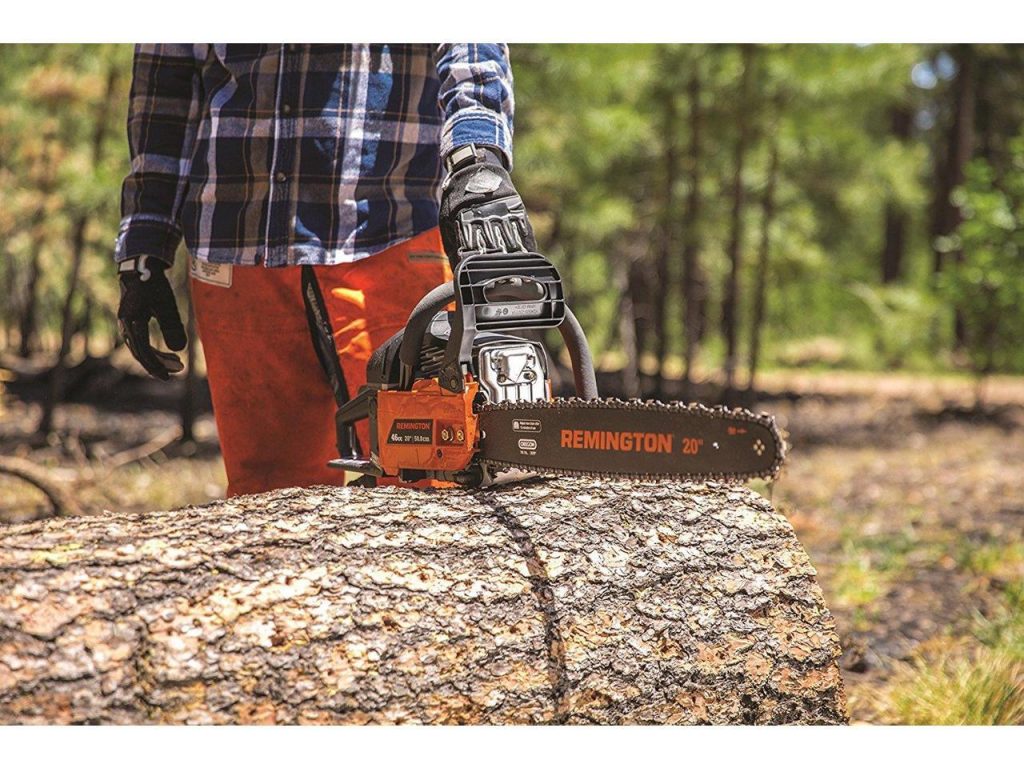
When it comes to preparedness around the house, it helps to look outside of the home for opportunities to eliminate danger or potential threats long before they become an issue. During hurricane Charley in 2004, I was in Port Charlotte, Florida when the Category 4 storm made landfall with winds up to 150 mph. In that kind of weather it is hard to hold anything down (boats were blown onto land and through buildings), let alone tree branches and foliage.
Falling branches from trees is a huge concern that many people don’t think of until after a natural disaster has struck, and while they are a huge safety concern for causing bodily harm they can also do severe damage to property and block escape routes. Tending to potential threats by using chainsaws and branch trimmers or pole chainsaws before they can cause an issue is a smart way to make your home emergency-ready.
There are a few considerations when it comes to choosing the best chainsaw, such as the power source (electric or gas), motor size, weight, and cutting bar size. More often than not, the last three go hand-in-hand, and the larger the motor is the heavier it will be and the longer the cutting bar is. A longer cutting bar allows for a greater surface area for larger branches, and a more powerful motor can turn the chain more easily.
Electric chainsaws and branch trimmers are usually more lightweight, quieter, require less maintenance, and easy to handle up on a ladder. These are great options for low-usage situations throughout the year, but the downside to these is that they require electrical power (which is often lacking in a disaster situation). Gas-powered chainsaws perform regardless of power outages and they are often larger, although they are loud and heavier with more maintenance concerns.
Cleanup after a storm can be brutal, and things end up in your yard you would never have expected (especially in hurricanes and tornadoes). Leaf blowers and mulchers are great tools to have once things calm down and it is safe to go back outside, to get life back on track. Granted, this type of responsive action is less critical than others but the tools can be used year-round to lighten the load from yard chores.
Make Your Own Power

Generators aren’t something everyone thinks about if you live in the suburbs and have all the electric you could need most days at the flip of a switch. For those living in more remote areas or in storm zones, there isn’t a question of why you need a generator, it’s a question of why don’t you have one!
While they can be used to generate remote electrical power for construction sites, for RV camping, or longer distances from an outlet than you care to run an extension cord, generators shine brightest when they are used for emergency preparedness in the event of power outages to keep things running smoothly. To the uninitiated, what you need to know about generators can be pretty straightforward. Power output, fuel type, and portability are the key factors to consider when looking for the best generator for your application.
How to Choose a Generator
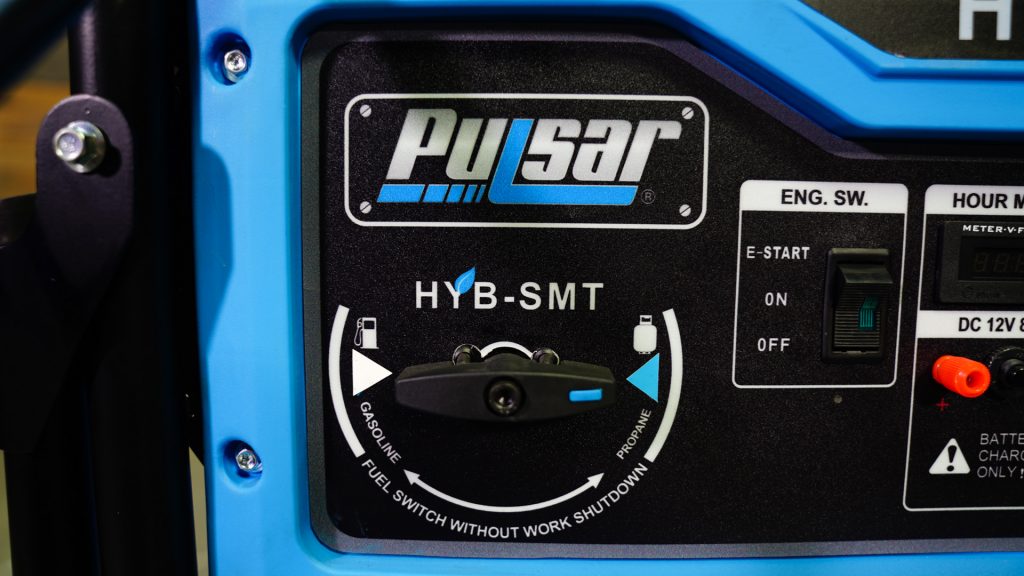
The first and foremost consideration when selecting the right generator is the power requirement. We talked to the folks at Duromax Power for some tips on choosing the right generator and they recommend figuring out the devices that matter most for you to operate in any specific use-case. More likely than not, if you are getting a generator for home backup in an emergency situation that would mean running things like refrigerators, freezers, and lights, which would be more energy-heavy than use on say a camping trip.
Once you have all the devices you would potentially need to power, find out not only the wattage it takes to run those devices, but also the startup (or peak) power. This is critical, because the startup power of electric devices is much higher than their average running power, and you need to have a high enough power ceiling to accommodate this spike. Once you have that power requirement per device, add them all up and shoot for a generator that has a slightly higher power capacity than what you need, since it’s always better to have more power.
Also, for specific calculations they have a great generator power calculator that helps narrow down the power band you would be looking for.
Another consideration for generator selection is what type of fuel source it runs on. Most are typically gasoline-powered, however some operate off diesel, propane, or natural gas, and hybrid models can even switch between fuel types.
Finally, the question of portable or stationary generators; will you be using remote power that requires mobility, or is a backup unit going to be planted in one place for a while? Very large generators that can run entire houses on backup power will be stationary, however smaller models that are more portable have wheels and less weight.
Suck it Up
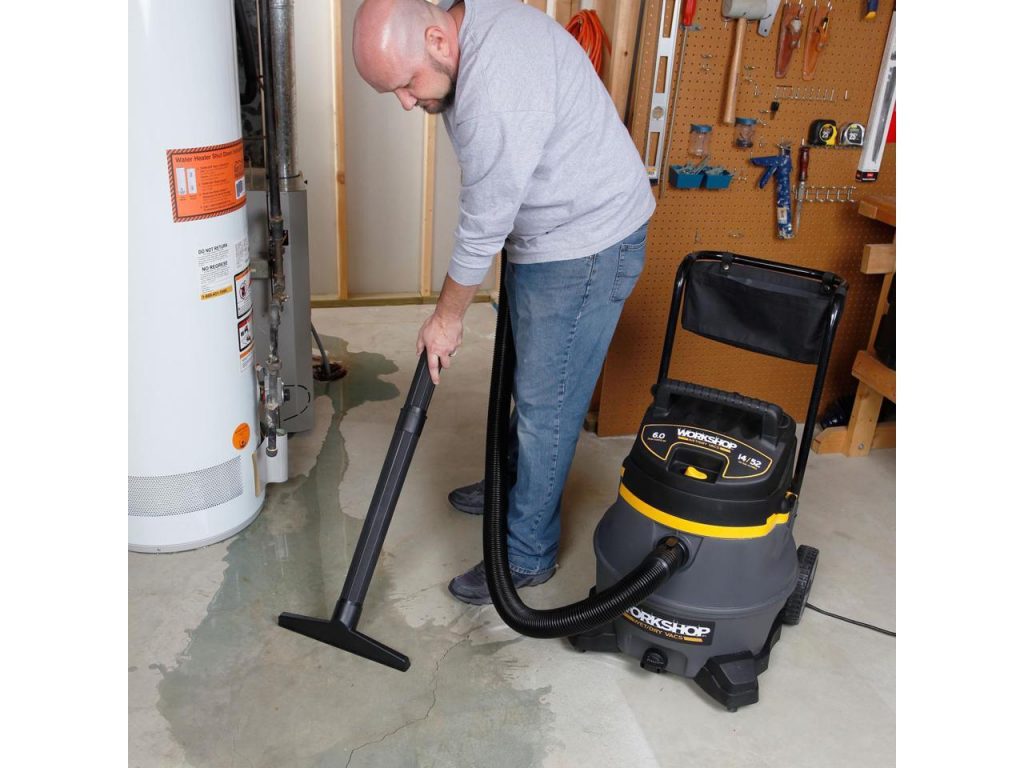
When it comes to cleanup, household indoor vacuums stand no chance against the damage a disaster can leave behind, and a shop vac is necessary to pick up the heavy duty debris. While these vacuums are beneficial all year-round for workshop cleanup, wet/dry vacuums are especially useful to suck up flood water and can act as pumps.
Shop vacs are pretty straightforward, and the two main considerations are the bin capacity and the motor strength. In my opinion, if you have the space and budget the bigger the better. If you are only buying a vacuum to use every once in a while though, a solid mid-sized vacuum should do the trick without going overboard. Of course, in an emergency flood situation there is only so much that a vacuum can do, however having one around definitely helps in domestic incidents like water heater or dishwasher failure as well.
Alternative Cooking Methods
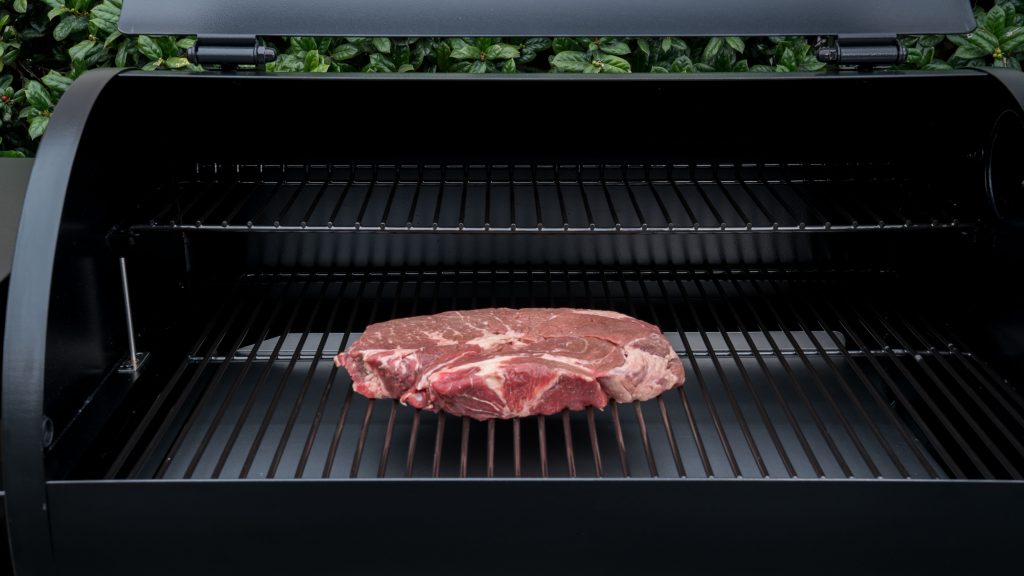
One of the things that most people don’t think about is the loss of gas to power ovens and stoves, which takes away any opportunity to cook in the house if the electric grid is also down. If all this happens, chances are the local drive through won’t be open for business either, and you need to have an alternative method to cook.
This is where the trusty grill comes into play, and can serve as a lifesaver for emergency cooking scenarios. Either propane or charcoal grills don’t require electricity, gas lines from the grid, or anything else to keep you eating in a natural disaster. And let’s be honest, there isn’t much more you can get from a meal than cooking over an open flame, disaster or otherwise.
Putting it All Together
Natural disasters are scary, chaotic, unpredictable, and make people act in ways they would never consider under normal circumstances. The biggest thing to keep in mind is that emergency preparedness is not something that just happens, it is something you need to take steps to actually put into place. With proper planning, careful consideration, and a cool head, people everywhere can be ready for whatever mother nature has in store, and that is the best kit to tackle any disaster situation.

